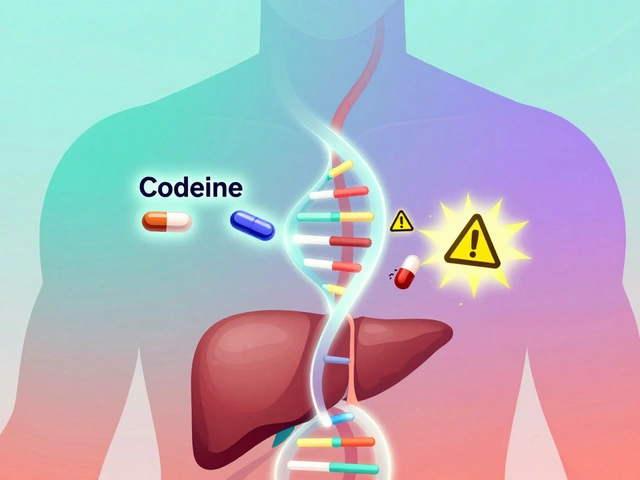MG Symptoms Management: What You Need to Know
When dealing with MG symptoms management, the process of controlling the signs of Myasthenia Gravis to improve daily functioning. Also known as Myasthenia Gravis symptom control, it aims to keep muscles strong enough for everyday tasks. The core challenge is the autoimmune attack on Myasthenia Gravisa disorder that weakens skeletal muscles by targeting acetylcholine receptors. Managing this condition isn’t just about pills; it’s a mix of medication, lifestyle tweaks, and monitoring. Below we break down the main pieces of the puzzle and show how they fit together.
Key Pillars of Effective Symptom Control
First, treatment optionsinclude drugs that boost transmission at the neuromuscular junction and therapies that modulate the immune system. Classic choices like pyridostigmine can sharpen muscle response, while newer immunosuppressants or monoclonal antibodies address the root cause. Second, lifestyle adjustmentssuch as timed rest, stress reduction, and balanced nutrition, help keep fatigue at bay. Third, regular monitoring and follow‑upallow clinicians to fine‑tune doses and catch flare‑ups early. Together, these three elements form the backbone of any solid MG symptoms management plan.
One common misconception is that stronger medication always means better control. In reality, the right balance of drugs and daily habits often yields the best outcomes. For instance, a patient who schedules low‑impact activities during peak weakness periods may need a lower dose of steroids, reducing side‑effects. This interaction between medication timingand personal routine is a classic example of a semantic triple: "MG symptoms management requires medication timing." Understanding this link helps you avoid over‑medicating and keeps energy levels steadier.
Another essential piece is patient educationthe process of teaching individuals about trigger signs, dosage adjustments, and emergency procedures. When patients know that sudden heat exposure can worsen weakness, they can plan indoor activities or use cooling strategies. Education also empowers them to recognize a myasthenic crisis early and seek help, which dramatically improves prognosis. This relationship—"Patient education influences MG symptoms management"—forms a second semantic triple that underscores the value of knowledge in day‑to‑day care.
Support networks play a surprisingly big role, too. Connecting with other people living with Myasthenia Gravis through online forums or local groups provides emotional backup and practical tips. A shared experience like learning the best way to lift a heavy object without overexertion can prevent unnecessary muscle strain. This social angle creates a third semantic triple: "Community support enhances symptom control." By blending medical care with peer advice, you get a fuller picture of what works in real life.
Finally, technology is reshaping how we track and adjust MG symptoms. Apps that log daily strength scores, medication intake, and sleep quality feed data straight to clinicians, enabling more precise dose tweaks. Wearable devices can warn of subtle fatigue spikes before they become noticeable. This data loop—"Digital tools enable proactive MG symptoms management"—adds a fourth semantic triple, highlighting the emerging role of health tech in chronic disease care.
All these elements—treatment, lifestyle, monitoring, education, community, and technology—interlock to form a comprehensive management strategy. Below you’ll find a curated selection of articles that dive deeper into each topic, from drug comparisons and safe online purchasing guides to practical tips for traveling with chronic conditions. Use them to build a personalized plan that keeps you moving forward, no matter how MG tries to slow you down.
Learn how to manage Myasthenia Gravis at work with legal rights, practical accommodations, daily strategies, and support tips for a productive career.



